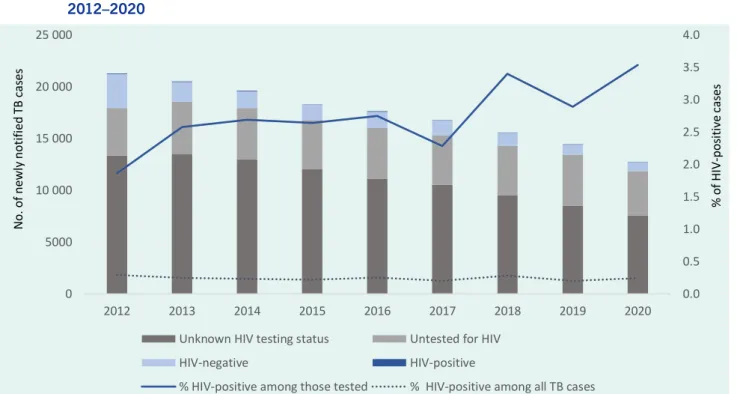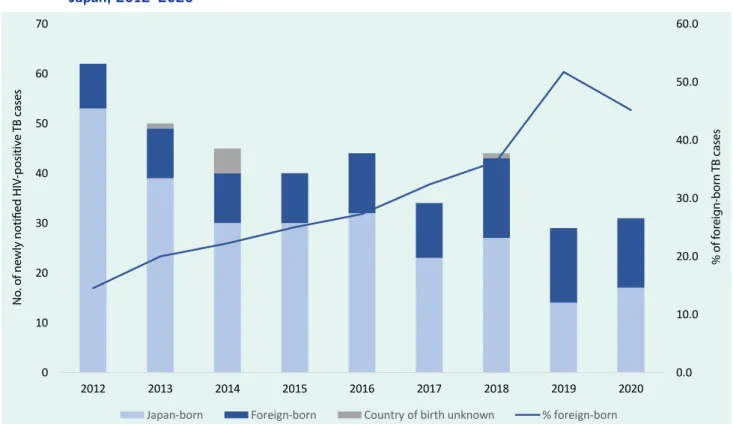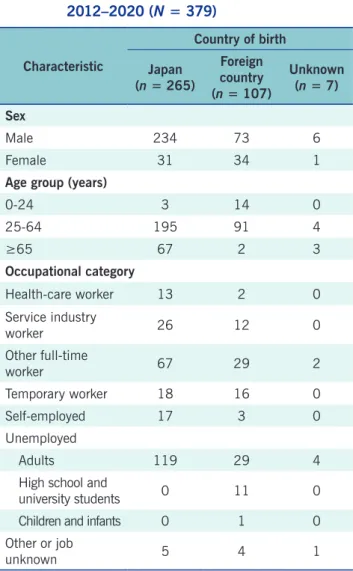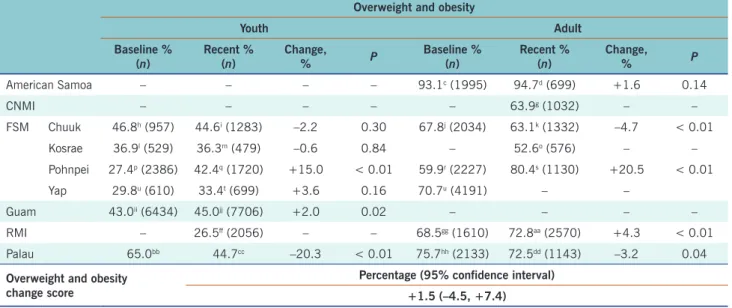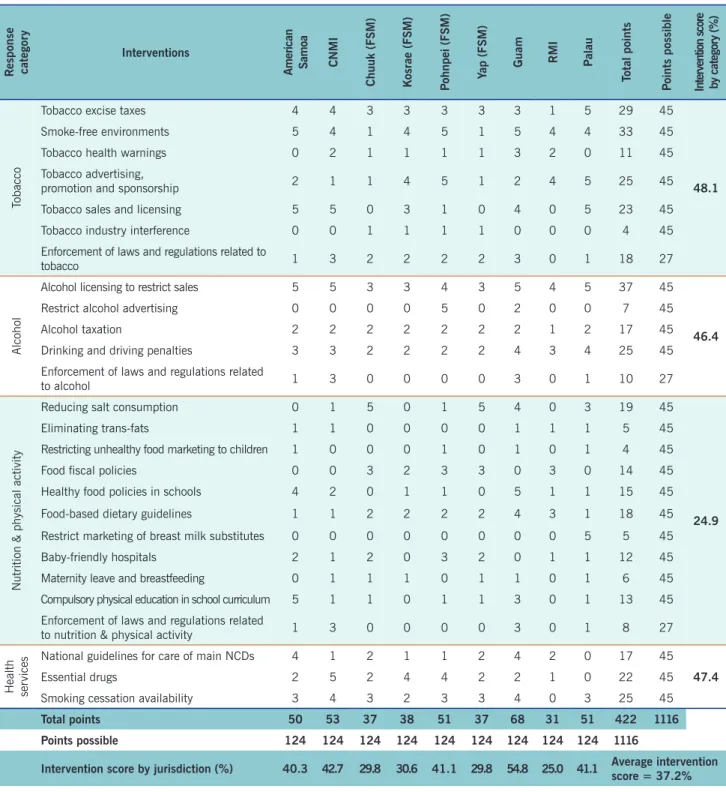The Petaling District Health Office received an initial report of food poisoning involving event attendees from a hospital in Klang District. Epidemic curve of the foodborne outbreak at a mass gathering in Petaling District, Selangor on October 6, 2019. Regarding the restrictions, as the food was not served until after the mass gathering was over, most of the participants had left the event site before investigation into the foodborne outbreak began.
Ten of the 22 environmental samples, and three of the eight swabs from the food handlers, tested positive for B. The combination of the ubiquitous nature of these organisms and their coexistence in food and the environment is a major concern for food safety. Japan has a mid-level, almost low-level, burden of TB, with 12,739 cases newly reported in 2020, giving a notification rate of 10.1 per 100,000 population.3 In the same year, 750 cases of HIV- infection and 345 cases of AIDS were newly reported.4 The number of new cases of TB, HIV and AIDS continued to decrease;.
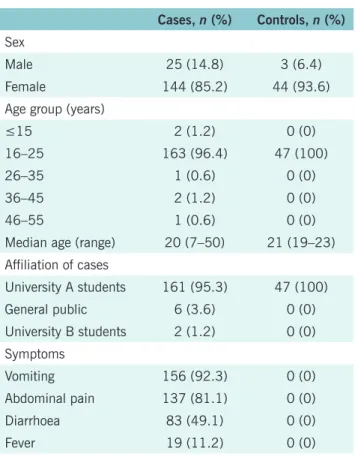
DISCUSSION
The lower treatment success rate among HIV-positive cases is largely attributable to the higher proportion of those still on treatment versus HIV-negative cases still on treatment) (Table 3). Because approximately 70% of TB cases in Japan are aged ≥65 years, they are not perceived as being at risk of HIV infection or AIDS. Treatment success was lower for Japanese-born HIV-positive TB cases, at 65.6%, compared with Japanese-born HIV-negative cases, at 72.2%, mainly due to the high proportion of HIV-TB cases -positive who were still in treatment.
As treatment outcomes are entered into the JTBS system after 1 year of surveillance, it is possible that the final treatment outcomes of TB cases with HIV combination are not captured, especially as their treatment may have been prolonged due to complications. Therefore, it is possible that the HIV positivity rate reported among TB cases is an underestimate of the true prevalence in Japan. Also, because there are no data in Japan on the uptake of HIV testing stratified by sociodemographic characteristics, it is difficult to determine whether the increase in HIV positivity among those tested was due to a real increase in the number of HIV-positive TB cases or if HIV testing was more focused on high-risk groups.22.
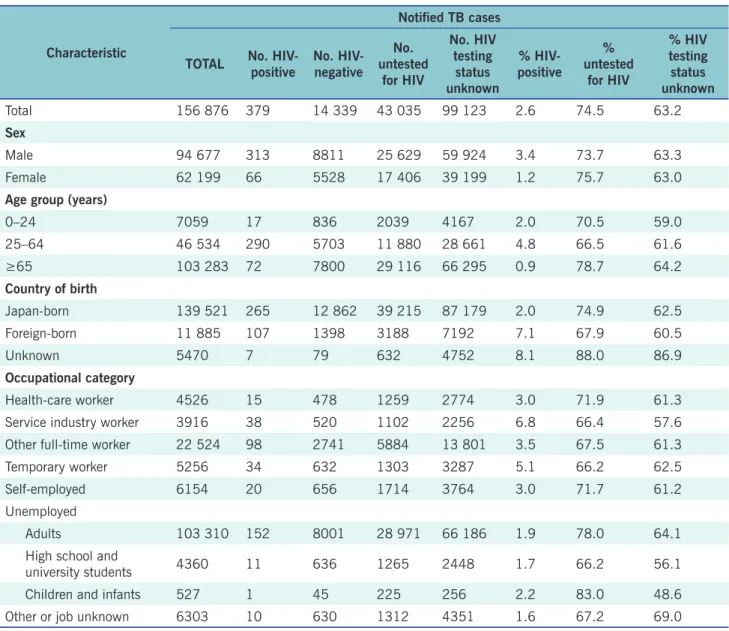
CONCLUSIONS
Objective: To determine the effectiveness of the response to the 2010 regional noncommunicable disease (NCD) emergency in nine US-affiliated Pacific Island jurisdictions. We also examine the strength of the NCD response in the USAPI (reflected as intervention outcomes derived from MANA dashboards from USAPI jurisdictions) and examine the relationship between intervention strength and changes in population health status. The reference date for initial measures was the date of declaration of PIHOA state of emergency, May 2010.
Although difficult to replicate and implement consistently, population-based surveys provide a much clearer picture of the burden of NCDs in the population than institutional incidence data. The log relative change from baseline in relevant health status indicators (i.e., for tobacco, alcohol, overweight or obesity, and noncommunicable disease mortality) was used as the dependent variable (with tobacco intervention items associated with tobacco indicators, alcohol products with alcohol indicators, diet or physical activity related to overweight and obesity indicators, and clinical health services related to non-communicable disease mortality rates). A logarithmic transformation of the relative change in health status indicators was used to address asymmetry in the outcome data (skewedness value = 3.69 for relative change in health status indicators compared to −0.41 for log-transformed data).
RESULTS
CNMI: Commonwealth of the Northern Mariana Islands; FSM: Federated States of Micronesia; NCD: non-communicable disease; RMI: Republic of the Marshall Islands;. AS: American Samoa; CNMI: Commonwealth of the Northern Mariana Islands; RMI: Republic of the Marshall Islands. In the mouse bioassay for the toxicity of the pate samples, all the mice with clinical symptoms of botulism died.
The incubation period was calculated as the time between ingestion of the pate and the onset of symptoms. After the initial investigation, a case-control evaluation was performed to confirm epidemiologically that the food involved was the source of the outbreak. Details of cases in all hospitals in the southern provinces were collected to confirm whether there was an outbreak of food poisoning.
The ingredients of the pate were mushrooms (such as shiitake, abalone, chicken thighs, oatmeal and straw mushrooms), soybeans and nuts (cashews, almonds and walnuts). Another limitation of the response to this outbreak is that botulism is not covered by the national surveillance system, and no botulism outbreak has had C. A deeper understanding of the epidemiology of COVID-19 gained from such studies can be used to inform adaptation and ongoing surveillance strategies.
She showed symptoms of fever and diarrhea at the beginning of the infectious period, which subsequently led to hospital admission. The onset of the last case was on April 2 (within one incubation period of the index case); this case had symptoms of fever, cough and sore throat. Epidemic curve of the COVID-19 outbreak at an elderly care facility, Klang District, Selangor, Malaysia, 2020.
Methods: A COVID-19 outbreak occurred in two wards of the hospital from April to early May 2020. Of the 30 positive HCWs, 12 were symptomatic (nine from ward A or B and three who reported having contact in the break room with workers from department A or B who tested positive) and 18 were asymptomatic. This report describes a COVID-19 outbreak at a tertiary care hospital in Tokyo during the first phase of the pandemic.
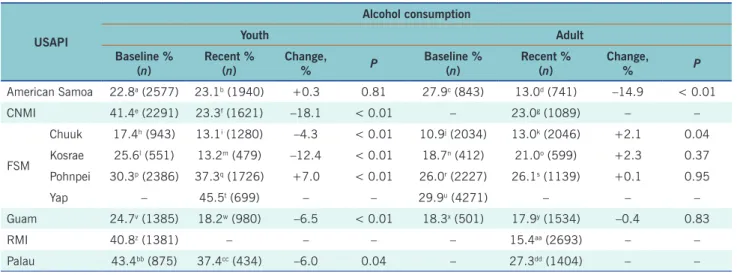
DATABASE DEVELOPMENT
In this report, we describe the development of such a database that supported real-time risk assessment and its impact on policies for managing the COVID-19 pandemic.
DATABASE MANAGEMENT
Epidemiological analysis and real-time risk assessment results based on this database have been presented to the Japanese Government Advisory Panel on COVID-19 to evaluate the effectiveness of public health measures against COVID-19. Balancing privacy protection with the need for granular personal data for public health analysis during health crises is controversial. Similar processes have been used in other Asian countries and regions, such as Taiwan (China), the Hong Kong Special Administrative Region (China), and Singapore, where data from government-issued press releases on new COVID-19 cases have been used for studies to evaluate transmission patterns research or evaluate interventions.15,16 Our database was used to conduct research activities and also served as a real-time monitoring tool to support public health decision making during the outbreak.
Reporting Prefecture Name of the prefecture where the case was reported Case identification number by. SARS-CoV-2 infection confirmed History of travel abroad Whether the case had a history of travel abroad. Expert members of the National COVID-19 Cluster Task Force of the Ministry of Health, Labor and Welfare, Japan.
One of the limitations of this database is that the reporting format for some variables differed across local governments and phases. Some variables were also partially or completely missing from the data recorded by some local governments,9 and local reporting forms were sometimes reformatted without notice, requiring updating of the database processes; thus, it was difficult to share consistent coding scripts for collecting information. Furthermore, the quality of the data from each local government varied depending on workload, especially for data on epidemiological links from active surveillance at public health centers.
Despite the limitations, this semi-automated database based on publicly available data was useful for monitoring pandemic trends, performing real-time risk assessment, and evaluating the impacts of public health policies. Therefore, our method may be adapted for use in resource-limited settings and may serve as a meaningful model for other countries to establish similar databases during public health emergencies. The authors thank the local governments, public health centers, public health institutes, and the National Institute of Infectious Diseases, Japan, for their work in surveillance, laboratory testing, epidemiological investigations, and data collection.
We also thank all the members of the National Cluster Task Force on COVID-19 and the volunteers on its Data Management Team.
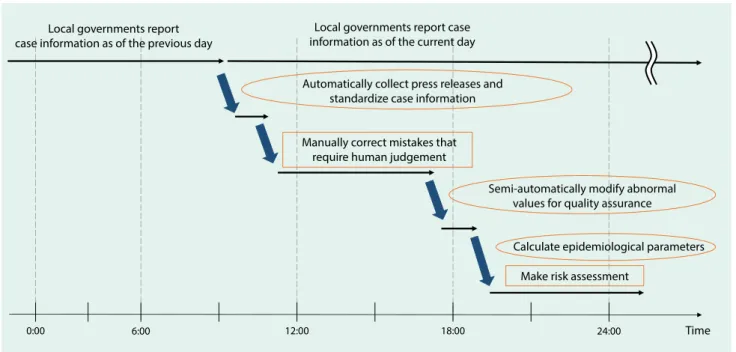
PROBLEM
The Maldives and Trinidad and Tobago during their first waves of COVID-19 (from 7 March in the Maldives and 12 March in Trinidad and Tobago to 31 May 2020), which helped prevent their health systems from being overwhelmed. On March 12, 2020, Trinidad and Tobago reported its first confirmed case of COVID-19 in a traveler returning from Europe. Since the first wave of COVID-19 (March to May 2020), both countries have experienced further waves.
Allowing people to isolate in a facility at government expense appeared to contain the spread during the first wave of COVID-19. In addition, a Pacific Action COVID-19 Preparedness and Response Plan has been developed to reduce transmission and manage cases. Available from: https://www.forumsec.org pacific-islands-forum-foreign-ministers-agree-to-establish-a-pacific-humanitarian-pathway-on-covid-19/, accessed 8 December 2021.
We report on 10 cases of COVID-19 who initially tested negative for COVID-19 and were positive on retesting after becoming symptomatic. These cases accounted for 3.8% of the 266 total confirmed COVID-19 cases in Brunei Darussalam as of 9 July 2021, when this study was conducted. We report 10 confirmed COVID-19 cases that initially tested negative in quarantine and the impact of this finding on our protocols during the first month of the COVID-19 outbreak in Brunei Darussalam.
COVID-19 cases (n=12) with initial negative tests within 14 days (the longest incubation period of SARS-CoV-2) of the diagnosis of COVID-19 were included. During this period, two significant changes were made to Brunei Darussalam's COVID-19 protocols. Since the home quarantine was lifted and the testing of quarantined persons was postponed to a later period of quarantine, we no longer registered any cases of COVID-19 with initial negative tests.
Available from: https://www.who.int/brunei/internal-publications-detail/covid-19-in-brunei-darussalam-situation-report-32, accessed 1 October 2021. RT false negative- PCR and extended nucleic acid conversion in COVID-19: instead of replication. The risk ratio (RR) for hospitalization of COVID-19 was calculated using a generalized log-binomial estimating equation with one.
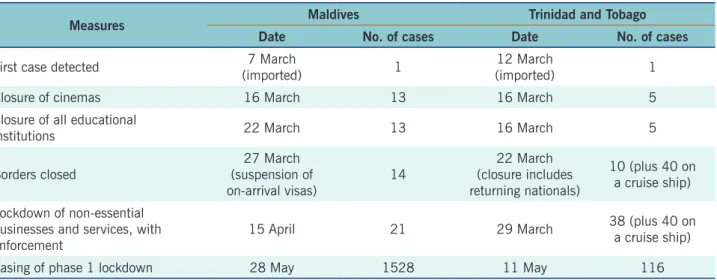
WPS R
